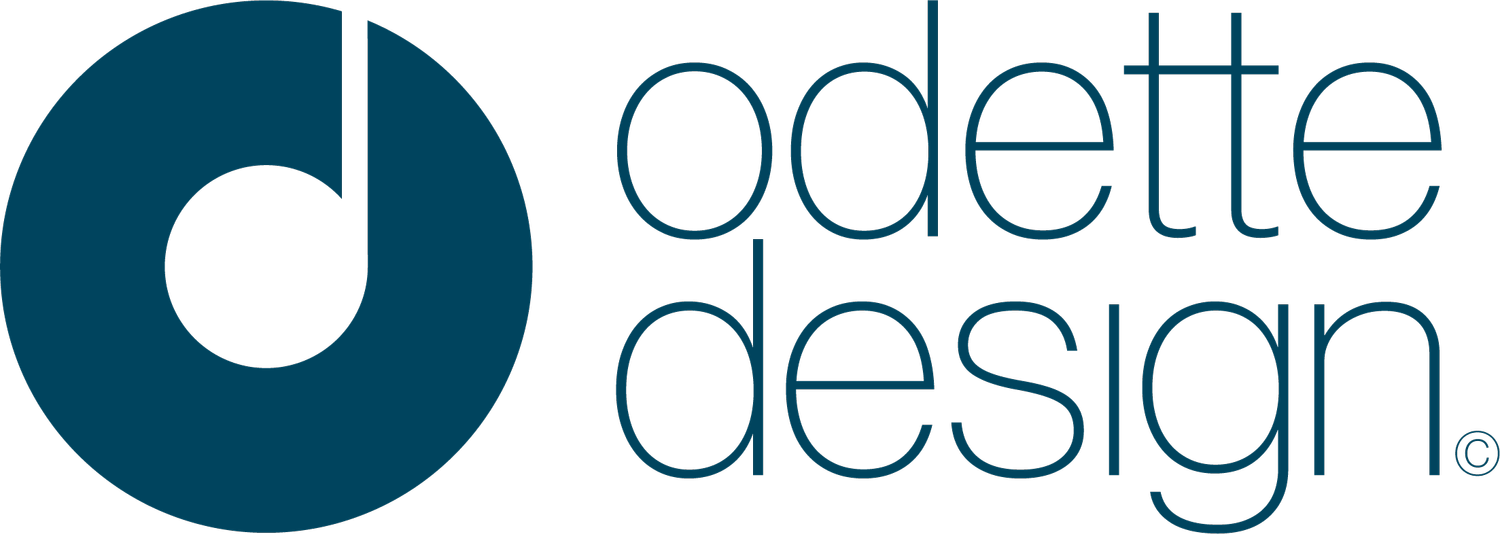Information Architecture and User Flow
INFORMATION ARCHITECTURE
This is obviously how the website is structured, and how the content is organised.
It influences the primary navigation - but may not influence all navigations and defines where content lives.
It has a massive impact on the users experience, but if its done well, as a user you’ll never notice the structure.
A lot of the content below has come from this article on Smashing Magazine
How to work out the correct structure
Follow conventions - you could for instance carry out a benchmarking process
Look at traffic data for a site if it exists already
Look at the search data for a site if it exists already
Define a hypothesis (define users needs and tasks they are trying to achieve) and first draft of the IA
Create a hierarchy with minimal sub-levels
Don’t use jargon
Carry out a card sort with real people (or scenario testing with a wireframe/prototype)
Keep refining it
Thinking about the design
Don’t solely rely on icons/images as a navigational tool
Use the design to create distinct visual differences between hierarchy levels
Why is good IA important?
Good IA should reduce the amount of information shown. If a user is given too much information/choice it causes cognitive deferral (make no decision)
A user will achieve their goals quicker and will keep them focused
By placing the information in context eg: a breadcrumb trail, the information is easier to analyse and understand
The user feel less frustrated, more in control – they won’t need to contact support
Advantage for Business
If you give your user a clear purpose, they remain engaged for longer – they stay on the website for longer – if they can’t see how to start their goal, they will leave within 10–20 seconds - and potentially go to a competitor
Chance of customer conversion is increased
Good IA means a reduction in duplication of information
Better ROI through efficient use of the platform
Cost of customer support is reduced
Search vs navigation
The stats are inconclusive about how much people use a search function. But it is used and you need to have both navigation and search on a site.
Article here by nngroup.com
Make sure the search is well-defined and makes use of meta data
Consider using a mega-menu for a complex site with lots of categories and sub-categories, and a search function to locate specific information
_
USER FLOW
This is about how a person moves through the structure created. You need to consider that every user may have landed on the site at a different place, but each one of those pages needs to make sense to them – they need to know where they are, what they can do and what they can do next.
You can’t design for every single flow, pick the top 3-5 and design for that (Paradox of specificity: Design for a specific user/audience, and you will meet the requirements of the broader group)
It’s not about the number of screens, it’s about every single screen state - every single interaction
You need to understand the following before you design a screen:
Where it sits in the structure
What it’s sequence is in the main flows
Be conscious of the different screen states it will be in
Navigation
Good article here on Medium
–
Once you start looking at types of UX flows, it gets pretty confusing. There appears to be:
A flow chart (may also be called Users Goals?)
This is the sequence of steps & decisions that need to be taken to complete a workflow or process
It is at goal or story level
Tend to be mapped out using UML - Unified Modelling Language
Task flow
This is at action level. It is about performing a specific task, and is mapped in a linear fashion. All users will perform the task in the same way
Wire flow
This is component level. It charts pages designed as wire-frames (fidelity can vary greatly), in a simplified flow-like chart
User flow
A visual representation of the path a user can follow to achieve a goal, whilst using using app/website etc. There is free will involved, the user can take a variety of paths to achieve their goal (unlike a task flow)

